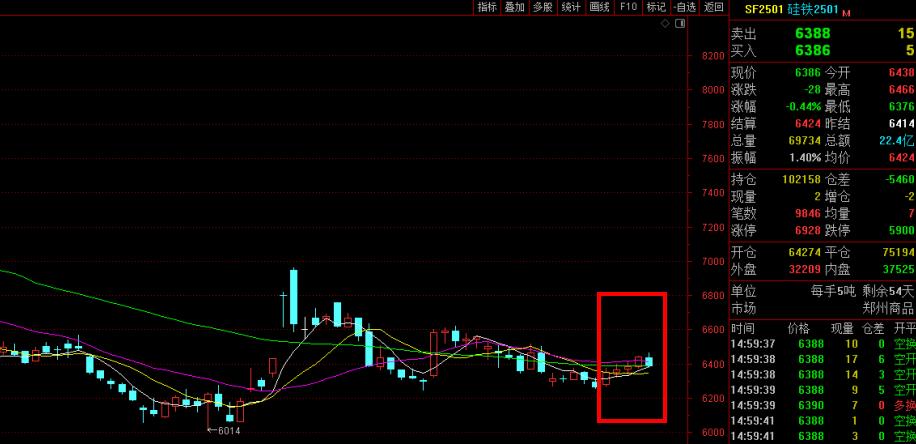[ferro-alloys.com]“The Bolivian government has never adapted best practice lithium resource development structures and strategies and they should,” Emily Hersh told MINING.COM.
Hersh is managing partner at DCDB Research in Argentina and she recently presented a report titled “Bolivia and lithium: a reactive pair” before the Bolivian Vice-ministry of High Energy Technologies.
In her presentation, the economist explained that Bolivia’s lithium strategy has been built to get international headlines and gain political traction, rather than take smaller, more practical steps to build a sustainable industry.
“Bolivia has leaned too hard on the fact that they have the ‘biggest resource’ and not taken the practical steps to realize the opportunity over time,” Hersh said.
Indeed, Bolivia has 9 million tonnes of identified lithium resources buried beneath its famed salt flats, the largest being the Salar de Uyuni. This is the world’s second-largest lithium deposit, behind Argentina’s salt flats.
Yet, the Andean country has barely any production of lithium chemicals. State-owned lithium company YLB oversees extraction of lithium from complex brines beneath the salt flats at approximately 4,000 metres altitude, converting them into fine chemicals, manufacturing cathode materials, and manufacturing lithium-ion cells.
A report co-authored by Hersh and published by the Payne Institute for Public Policy at the Colorado School of Mines states that YLB’s overarching strategy is playing against the country’s lithium potential.
“Each of these workstreams is different, making it unlikely that one company can do them all,” the document reads. “Companies around the world are spending millions of dollars on R&D for single steps in supply chains, while YLB is not sufficiently financed or experienced to perform any of them effectively.”
In other words, YLB has been spread too thin and tasked to develop too many complex projects simultaneously, which has yielded very small results in the past 10 years.
“In addition to the correct leadership, a communications strategy that undoes the damage of creating a national pride and psyche around this idea that Bolivia will make entire batteries and electric vehicles instantly is needed,” Hersh told MINING.COM. “The former president [Evo Morales] created a national identity around something that is technically unfeasible.”
MDC: Has the lithium industry seen any changes with the recent shift in government in Bolivia?
Hersh: My opinion is that it continues to be all talk and little action. Bolivia’s leadership has two choices – continue making big promises that are technically infeasible for short term political gain and international media coverage, or roll up their sleeves and get to work based on reality.
MDC: Can you explain how Bolivia fares in comparison with Chile and Argentina, the other two countries in South America’s Lithium Triangle?
Hersh: There is no Bolivian lithium industry that can be compared. Bolivia’s “industry” is a single player. There is significant discussion with some level of investment into participation in that step of the supply chain in that jurisdiction, however, nothing has actually been built yet and no profitable enterprise has been created. Plus, before advancing anything, a suitable royalty needs to be negotiated with Potosí. All of Bolivia’s problems are related to governance – and hard to undo without comprehensive communications.
MDC: Besides this governance context, Bolivia’s lithium is difficult to process by traditional methods. What are the implications of this when ti comes to the possibilities of developing the industry?
Hersh: High Mg and SO4 mean that evaporative processes are not a good option. It means that Bolivian brines will require Direct Lithium Extraction processes. DLE is the key to unlocking many types of lithium resources like geothermal brines, oilfield brines, lower grade brines, and brines with high concentrations of impurities. YLB and the incoming Bolivian government would need to hire technical specialists in DLE to develop this technology strategy.
Baby steps
For both Hersh and her colleagues at the Payne Institute, taking small but solid steps towards tapping into its massive lithium resources may be the most suitable strategy for Bolivia.
In their view, the country should start upstream by developing the ability to produce concentrate from its lithium deposits and once this process has been mastered, it could move on to producing battery chemicals and exporting those to other nations where cathode materials are manufactured.
(Mining.com)
- [Editor:王可]



 Save
Save Print
Print Daily News
Daily News Research
Research Magazine
Magazine Company Database
Company Database Customized Database
Customized Database Conferences
Conferences Advertisement
Advertisement Trade
Trade


















Tell Us What You Think